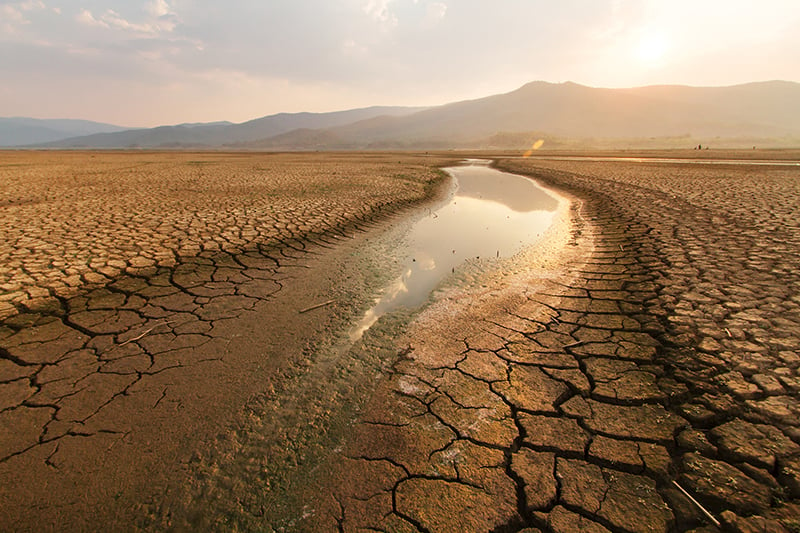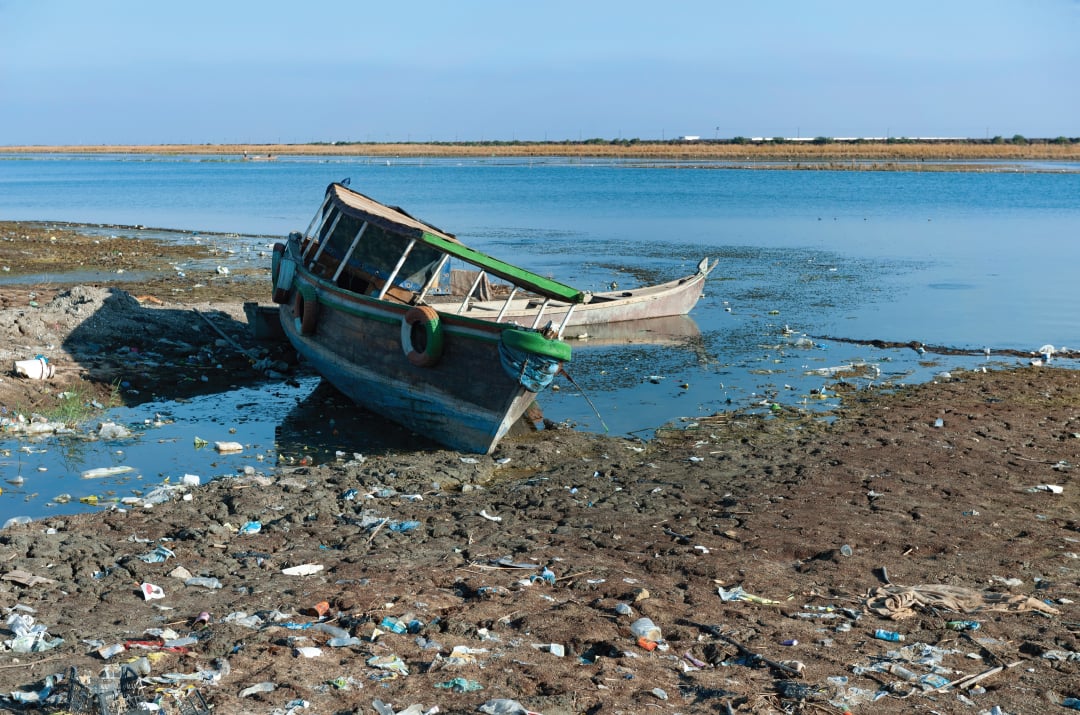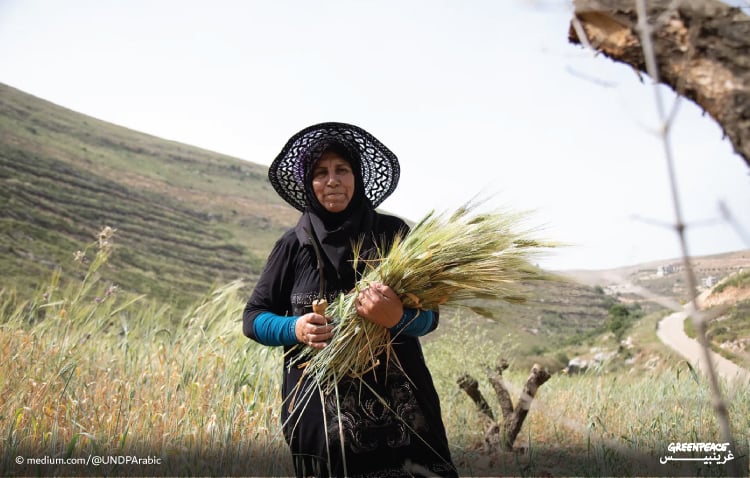
As global attention to climate change grows, so too does the use of various terminologies that describe its many aspects. However, some of these terms can be complex or confusing, while others are often misunderstood. One of the most common misconceptions is the confusion between “weather” and “climate”—two closely related concepts that are frequently mixed up. So, what is the real difference between weather and climate?
What is Weather?
Weather refers to the atmospheric conditions at a specific time and place, typically over a short period—ranging from a few hours to several days or weeks. It is constantly changing and fluctuating.
Weather includes elements such as temperature, humidity, atmospheric pressure, wind, and cloud cover. It is influenced by immediate factors like the movement of air masses and pressure systems, which makes it highly variable and difficult to predict accurately over long timescales.
What is Climate?
Climate, on the other hand, is defined as the average weather patterns in a specific region over a long period—typically 30 years or more. It provides a broader understanding of the typical atmospheric conditions in that area, such as average temperatures, rainfall or snowfall levels, frequency of heatwaves or cold spells, wind patterns, and solar radiation.
Climate is also closely tied to vegetation and the distribution of water resources, both surface and underground. Unlike weather, which reflects short-term fluctuations, climate focuses on identifying long-term trends in atmospheric behavior. By analyzing climate data, we can track major changes such as global temperature rise, melting glaciers, and the increasing frequency of extreme weather events like hurricanes, floods, and droughts.
In short, the key difference between weather and climate lies in time and scale: weather reflects atmospheric conditions at a specific moment, while climate focuses on long-term patterns of those conditions.
What’s the Difference Between Regional and Global Climate?
Regional climate refers to the long-term weather patterns in a specific geographical area, influenced by various natural factors, including geographic location, topography, altitude, proximity to water bodies, ocean currents, and the presence of permanent ice or snow cover. These factors combine to determine temperatures, humidity levels, precipitation amounts, and wind patterns, giving each region its unique climatic identity.
Global climate, on the other hand, is the overall climate of the Earth determined by aggregating regional climates. This system depends on the amount of solar energy the Earth absorbs and the atmosphere’s ability to retain that energy.
Climate change cannot be assessed by observing weather in a single location—it requires monitoring large-scale climate trends over decades. Therefore, understanding the relationship between regional and global climates is crucial: a shift in one region’s climate can impact the global system, and vice versa.
How Scientists Monitor Climate Change?
Monitoring climate change is not about observing a single season or year. Scientists rely on detailed data collected over decades from different regions worldwide, measuring temperature, rainfall, and extreme weather events. This data is used to analyze long-term climate trends and identify shifts in Earth’s climate system.
Research has shown that the Earth’s temperature is steadily rising due to humanity’s reliance on fossil fuels. Burning coal, oil, and gas releases greenhouse gases that trap heat in the atmosphere, disrupting the balance of the climate system. Deforestation and industrial agriculture further exacerbate these emissions, accelerating global warming.
Even small increases in temperature can lead to significant shifts in local weather patterns and disrupt ecosystems that we depend on for agriculture, water, and public health.
How Are Weather and Climate Change Intertwined?
Extreme weather events are not new to the planet, but climate change has intensified their severity and frequency. According to a report published by the World Meteorological Organization (WMO), between 1970 and 2019, the world experienced over 11,000 climate- and water-related disasters, resulting in 2 million deaths and over $3.64 trillion in economic losses.
Weather, climate, and water-related hazards accounted for 50% of all recorded disasters, 45% of deaths, and 74% of economic losses—with more than 91% of the victims living in developing countries.
The Middle East and North Africa have increasingly become hotspots for extreme weather — and the examples are all around us. For instance, who can forget the catastrophic floods that swept through eastern Libya on September 10, 2023, claiming over 11,300 lives? Or the unprecedented flooding in Morocco between September and October 2024, which led to significant loss of life and widespread destruction in property? We also recall the devastating wildfires in Lebanon in 2019, when nearly 100 fires erupted in just 24 hours.
These are no longer natural fluctuations; they are real signs of a climate system in crisis. As temperatures rise, evaporation rates increase, and precipitation patterns shift—leading to both intense rainfall in some areas and severe droughts in others. These shifts place immense pressure and challenges on livelihoods and strain the resilience of both communities and infrastructure.
Today, We can no longer afford to turn a blind eye to the realities of climate change. Building awareness and deepening our understanding of climate-related terminologies is a vital first step towards addressing this climate crisis and safeguarding both current and future generations from its growing impacts.

Since climate change is one of the most serious threats facing the Middle East and North Africa, and as part of our awareness project to combat and adapt to its impacts, we want to hear from you, and from citizens across the region who are witnessing the changes around them caused by global warming.
Join Us


